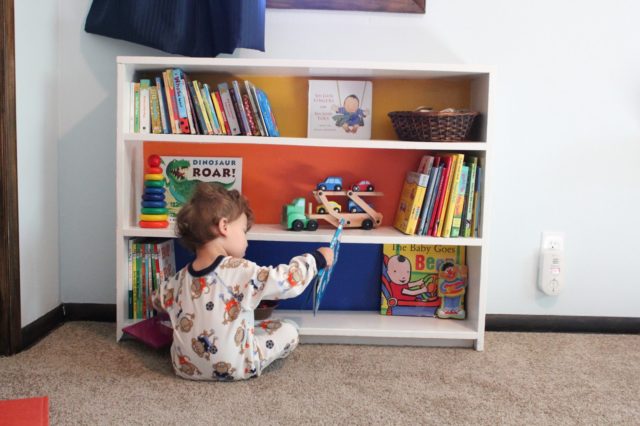Renown child educator, Maria Montessori said “Play is the child’s work.” She meant that children are not just playing when they play, but they are working. Play is an important part of child development, and the types of toys that a child interacts with shapes their understanding of the world around them. Toys are the tools children use to accomplish their work, but it is best for the amount of toys that a child has to be limited.
Lawrence J. Cohen, Ph.D., writes about the importance of play in his award-winning book Playful Parenting. He states ‘Through play, they (children) practice cooking, cleaning, going to work, fighting, taking care of the baby—every adult activity they see around them. This kind of playful practice, performed over and over, makes them more confident.’ The author also says that play helps children cope with problems ranging from big traumas to little upsets and helps them process the new information they receive every day.
Toys help children play. They also help children self-entertain and become independent. It may seem that more toys provide more entertainment and help the child work, but that is not the case.
Here are reasons why it is best to keep toys minimal and simple:
1. Kids with less use their imagination more. Without many toys, children use their craft of pretending to imagine the scenario in which they are working. Studies show that Einstein was right when he stated that “the true sign of intelligence is not knowledge but imagination.”
2. Kids maintain focus. Less toys mean less distractions teaching the child to focus on the task at hand. Toys that provide excess stimulation have been linked to ADHD.
3. Kids interact more with others. Communications skills are not innate; they are learned. Having less stuff allows for less to get in the way of social interactions. When children pretend together, they communicate together.
4. Kids learn to respect what they have. A child is more likely to value their work when they know they don’t have replacements.
5. Kids are more educated. When you choose toys like books, blocks, art supplies and puzzles, children work on skills like reading, building, drawing, and writing. Such toys can incorporate lessons about the world that the child is immersed in rather than distract them from it.
6. Kids become resourceful. Kids learns to use what they have to get the job done.
7. Kids share. As parents, we want our children to put people over possessions and to not be greedy. Interacting with others without objects coming between them allows children to value people over things.
8. Kids learn mastery. As a child focuses on a certain toy, they learn to master it and to be proud of their accomplishments.
9. Kids realize they can’t have everything they want. As it goes, “you can’t always get what you want, but you get what you need.” Parents may worry that not giving their child what their peers have may make them unpopular or feel under privileged, but it teaches them that a persons identity is built by character, not possessions.
10. Kids appreciate nature. Children have tons of fun outdoors once they are out there, but it may be hard to get them outside if they have endless entertainment inside the home.
11. Kids learn to be happy with what they have. What a child needs most is love, and they will learn that love and happiness can’t be bought.
12. Kids learn the value of having a tidy environment.. A child will not have to dig through toy boxes and dump things about because having minimal toys allows for “a place for everything, and everything in its place.”
So what can you do when family and friends flood your house with toys for your children?
Over time, children will get bored with their toys and need more variety, but they do not need all of the toys at once. Toys can be stored and rotated to introduce new toys while keeping the amount of toys in use minimal.
Parents can kindly suggest that family members give toys like blocks, balls, shapes, puzzles and art supplies rather than loud, flashy objects and that require little to no imagination or fine motor skills. You can also request non-toy gifts or encourage the child to give excess to charity.








[…] هذ الموضوع مترجم عن موقع Thinkaboutnow وللاطلاع على النص الأصلي أضغط هنا […]